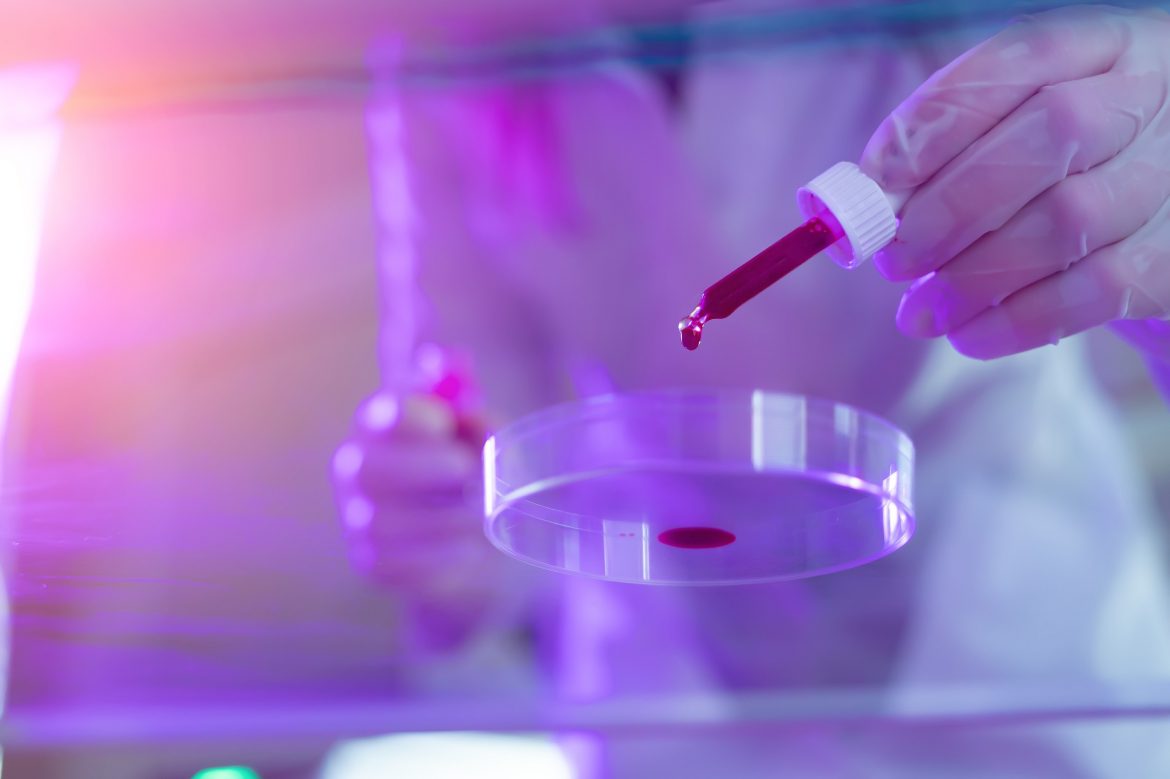
Is Secret to Cancer Hidden in Insects?
In the quest to prevent cancer, scientists have now turned their eyes to genes that play a role in the complex life cycles of insects.
The life cycle of many insect species involves metamorphosis, where the immature form transforms into an adult form. This process can have two to four distinct stages, depending on the species. A “complete” metamorphosis is pronounced when the organism goes through all four stages: an embryo inside the egg, a juvenile stage known as the larvae (which can have multiple stages in itself), a pupa, and finally an adult. Such insects display striking changes in their physical appearance and body structure in each stage. Think of butterflies and moths, and how much their caterpillars are different from their adult forms.
Changes in all these stages are the result of cell growth and differentiation, which are driven by certain genes. Three of these genes have especially stood out in recent years, as they are also present in humans: Chinmo, Br-C, and E93. Br-C and E93 were already known to play a critical role in pupa formation and the completion of metamorphosis in insects. However, the gene responsible for keeping the organism in the juvenile stage was unknown until now.
Scientists from the Institute for Evolutionary Biology (IBE, CSIC-UPF) and the IRB Barcelona have revealed that it is the Chinmo gene, and it does its job by suppressing the genes responsible for forming adult tissues. Then, when the time comes, Br-C and E93 take over to complete the metamorphosis. When the researchers deleted the Chinmo gene in Drosophila (fruit fly) specimens they have, the insects directly progressed to the pupal stage without completing their juvenile stage.
Genes that regulate growth also play a key role in cancerous processes. Healthy cells grow, differentiate, and mature. In contrast, cancer cells grow uncontrollably, do not differentiate, and thus cannot mature. This is why, the study also confirms that the Chinmo gene is a precursor of cancer because it promotes tissue growth and prevents differentiation, while C-Br and E93 serve as tumour suppressors by activating cell differentiation and maturation. Therefore, detailed future studies on the functioning mechanisms of these genes may contribute to the development of treatment methods that can prevent or reverse cancer formation in tissues.
REFERENCES
- 1. https://elifesciences.org/articles/84648
- 2. https://phys.org/news/2023-05-chinmo-youth-gene.html
